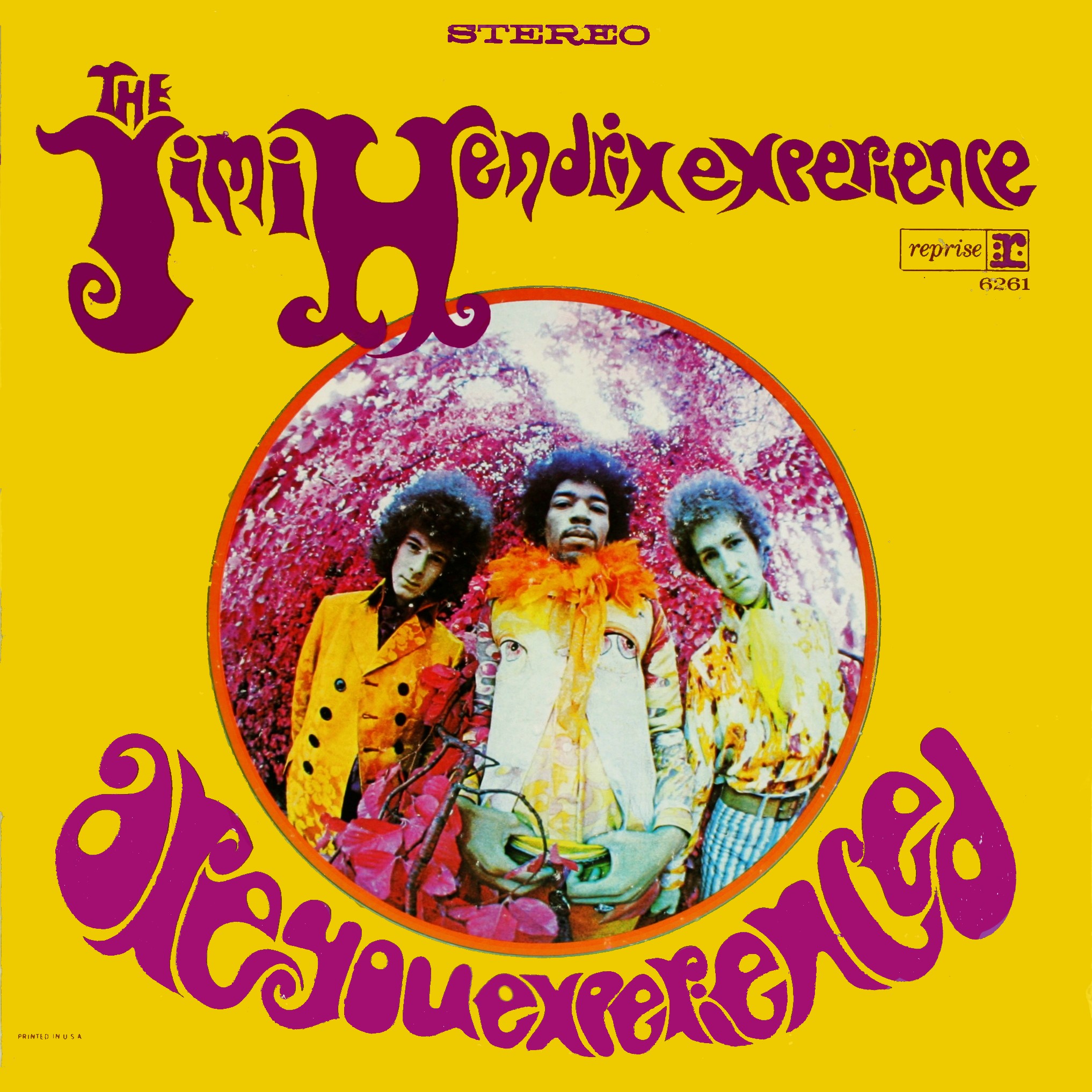I’ve undergone some evolution in my thinking about the intended audience for my thesis app. My original idea was to aim it at the general public. But the general public is maybe not quite so obsessed with breakbeats as I am. Then I started working with Alex Ruthmann, and he got me thinking about the education market. There certainly a lot of kids in the schools with iPads, so that’s an attractive idea. But hip-hop and techno are a tough sell for traditionally-minded music teachers. I realized that I’d find a much more receptive audience in math teachers. I’ve been thinking about the relationship between music and math for a long time, and it would be cool to put some of those ideas into practice.
The design I’ve been using for the Drum Loop UI poses some problems for math usage. Since early on, I’ve had it so that the centers of the cells line up with the cardinal angles. However, if you’re going to measure angles and things, the grid lines really need to be on the cardinal angles instead. Here’s the math-friendly design:






